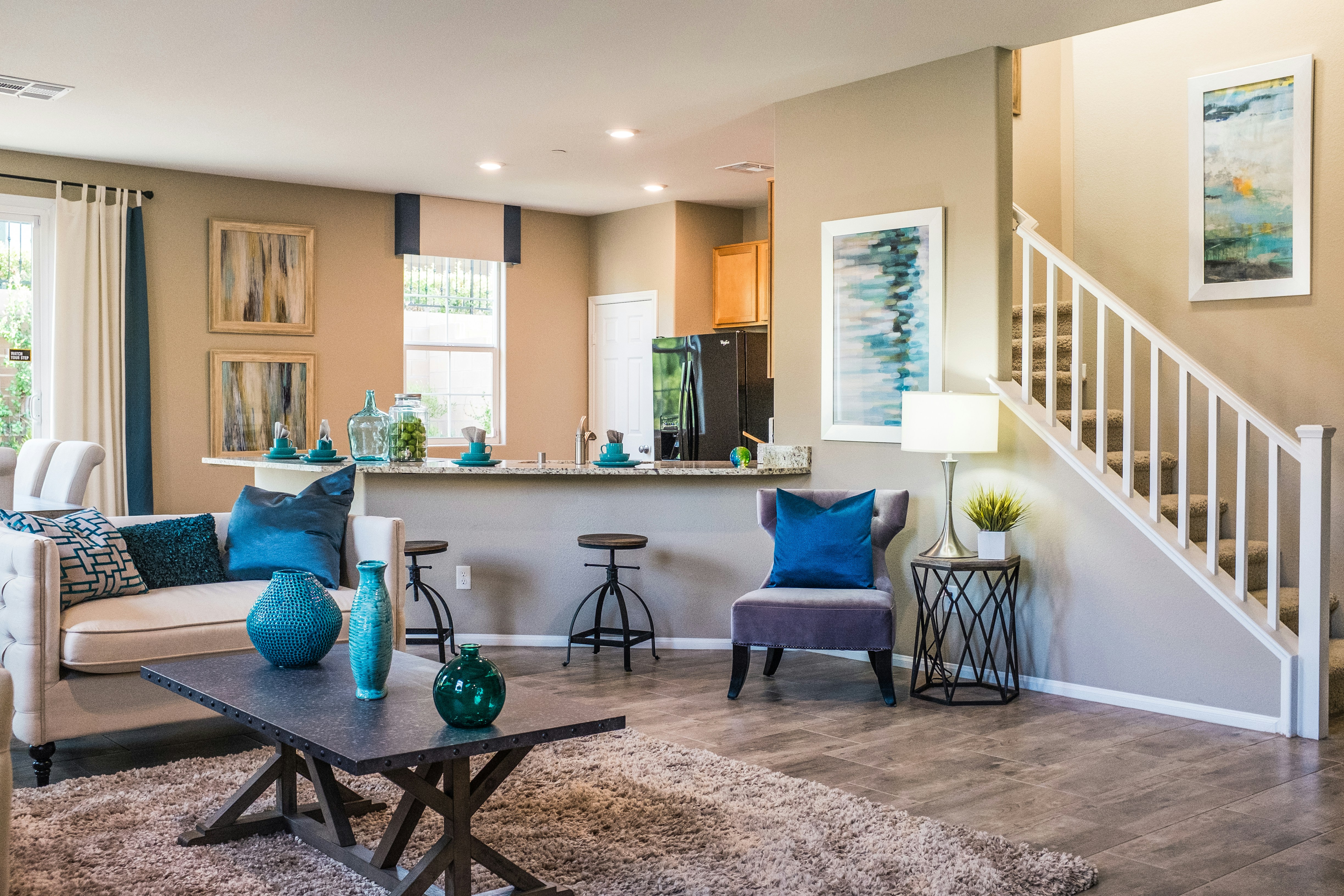PROPERTY INSURANCE BLOG

Understanding Homeowners Insurance: Exploring Different Policies and Coverage
Introduction:
Homeowners insurance is an essential form of protection for homeowners across the United States. It safeguards residential properties, providing coverage for both the building structure and personal belongings within the home. In this blog, we will delve into the different types of homeowners policies available and compare the extent to which each one covers losses. Understanding these policies will help you make an informed decision when choosing the right homeowners insurance for your needs.
Basic Form (HO-1):
The Basic Form, or HO-1 policy, is the most limited type of homeowners insurance. It covers specific perils, typically including fire, lightning, smoke, windstorms, hail, explosions, theft, vandalism, and damage caused by vehicles or aircraft. However, it's important to note that this policy is becoming less common and may not be available in all states.
Broad Form (HO-2):
The Broad Form, or HO-2 policy, provides coverage for a broader range of perils compared to the Basic Form. It includes all the perils covered by the HO-1 policy and adds additional coverage for falling objects, weight of ice and snow, freezing of plumbing systems, accidental water damage, and electrical damage.
Special Form (HO-3):
The Special Form, or HO-3 policy, is the most common and comprehensive type of homeowners insurance. It offers coverage for the building structure on an "open perils" or "all-risk" basis, meaning it covers all perils except those specifically excluded in the policy. The personal belongings are covered on a named perils basis, similar to the HO-2 policy. Common exclusions for both the structure and personal property may include floods, earthquakes, and acts of war.
Tenant's Form (HO-4):
The Tenant's Form, or HO-4 policy, is designed specifically for renters. It covers personal belongings against the same perils as the HO-2 policy. It also includes liability coverage in case the tenant is responsible for damage to the rental unit or causes harm to others while on the property.
Comprehensive Form (HO-5):
The Comprehensive Form, or HO-5 policy, is the most extensive and inclusive homeowners insurance policy. It provides coverage for both the building structure and personal property on an open perils basis, similar to the HO-3 policy. The key difference is that the HO-5 policy offers broader coverage for personal belongings, often referred to as "all-risk coverage." It may also include higher coverage limits and additional benefits compared to other policies.
Condominium Form (HO-6):
The Condominium Form, or HO-6 policy, is tailored for condominium owners. It covers personal belongings against named perils, similar to the HO-2 policy. Additionally, it provides coverage for improvements made to the unit and offers liability protection for accidents that occur within the unit.
Comparing Coverage:
When comparing the extent of coverage among the different homeowners insurance policies, the HO-1 and HO-2 policies offer more limited protection, covering specific named perils. The HO-3 policy provides comprehensive coverage for the building structure on an open perils basis, while personal belongings are covered on a named perils basis.
The HO-4 policy is designed for renters and covers personal belongings against named perils, along with liability protection. The HO-5 policy is the most extensive, providing open perils coverage for both the building structure and personal property.
The HO-6 policy is specifically for condominium owners and offers coverage for personal belongings against named perils, along with coverage for improvements made to the unit and liability protection.
Conclusion:
Homeowners insurance is crucial for protecting your residential property and personal belongings from unexpected perils. By understanding the different types of policies available, such as the Basic Form, Broad Form, Special Form, Tenant's Form, Comprehensive Form, and Condominium Form, you can make an informed decision about the extent of coverage you need.
It's essential to review the specific terms, conditions, and exclusions of each policy, as they may vary depending on the insurance provider. Consult with insurance professionals to determine the most suitable homeowners insurance policy that meets your unique requirements and provides you with peace of mind in the face of potential losses.





